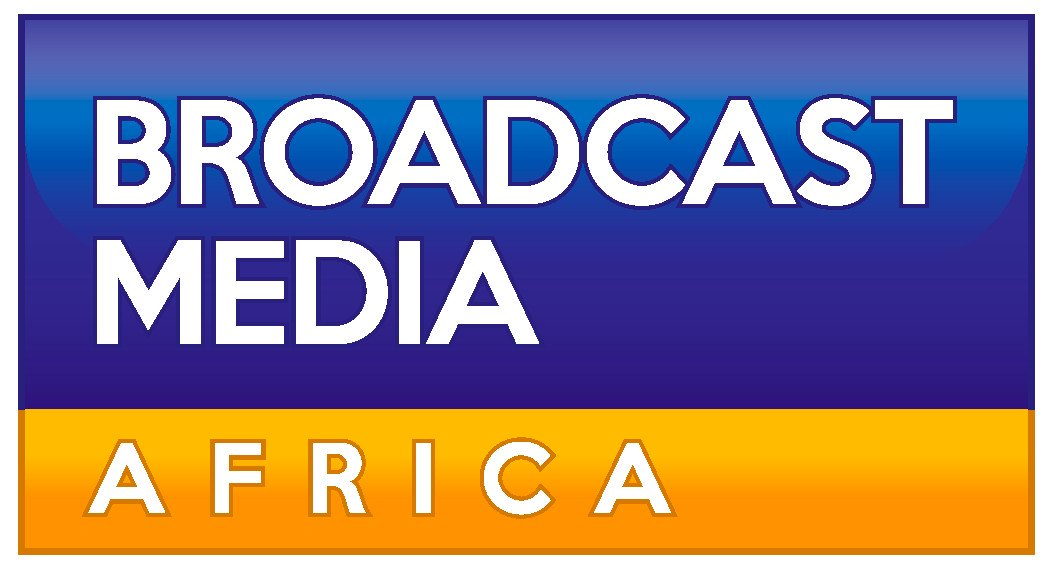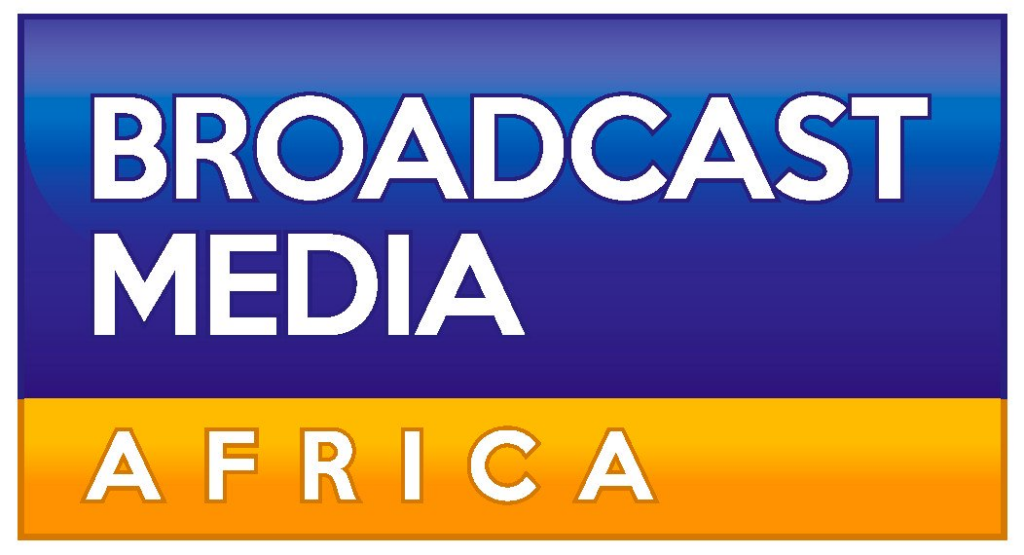
While global ad spending continues its upward trajectory—with forecasts ranging from 4.9 % growth in 2025 (Dentsu) to a robust US$1 trillion‑plus in global ad spend market reports—Africa presents a more nuanced picture.
In Sub-Saharan Africa, ad budgets remain modest compared to those in the Asia-Pacific or the Americas. However, pockets of acceleration are evident—in South Africa, Kenya, and Nigeria, which serve as regional digital hubs —advertisers have begun to scale into algorithm-driven digital formats.
African advertising markets face several persistent challenges that hinder their growth and effectiveness. One major issue is the digital divide, with many nations still struggling with low broadband penetration, stark rural-urban disparities, and unreliable power supply—all of which limit the reach and impact of online advertising. Compounding this is the scarcity of reliable consumer data, making advanced targeting difficult.
The global shift toward first-party data and stricter privacy regulations, such as changes to iOS, has further reduced returns on social media advertising. Additionally, a shortage of skilled talent in areas such as programmatic trading, algorithmic bidding, and data analytics means local brands often rely on external agencies, which can increase costs and diminish cultural relevance. The media landscape remains fragmented, with traditional formats like radio and outdoor advertising still dominant in areas lacking robust digital infrastructure, making return on investment harder to measure and optimise.
Despite ongoing challenges, Africa’s advertising landscape is witnessing a surge in innovative solutions and emerging opportunities. The rise of mobile-first, localised ad strategies—driven by increased mobile-money adoption and smartphone usage—has enabled vibrant ecosystems in countries like Kenya and Nigeria, where platforms tailor campaigns to local consumer behaviours, including WhatsApp-based formats.
Meanwhile, major global networks like Dentsu and WPP are expanding AI-powered programmatic buying across African markets, focusing on building local algorithmic capabilities, especially in urban centres. Infrastructure partnerships between telecom operators and advertising platforms are also gaining traction, bundling connectivity, analytics, and monetisation tools through trackable billboards, localised digital out-of-home (DOOH) media, and edge-delivered ads.
To support these developments, regional advertising bodies and PR networks are investing in capacity building through certifications and training in data-led media buying, digital strategy, and performance measurement, helping to cultivate a skilled local workforce. Additionally, the retail media space is rapidly evolving, with e-commerce platforms and FMCG retailers in markets like Nigeria and Kenya beginning to tap into shopper data for targeted advertising, signalling strong future potential in this domain.
Africa’s advertising ecosystem is undergoing a quiet revolution bolstered by mobile connectivity, digital roll‑out, and algorithmic momentum. Although infrastructure, data, and talent gaps remain, stakeholders across the public and private sectors are actively designing solutions.
The Audiences And Advertising Summit, scheduled to take place from September 16th to 17th in Johannesburg, South Africa, is expected to mark a pivotal moment in which insights are transformed into investment and constraints are evolved into structured growth.


















